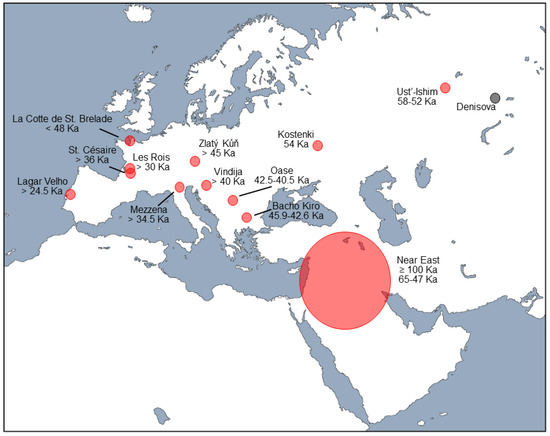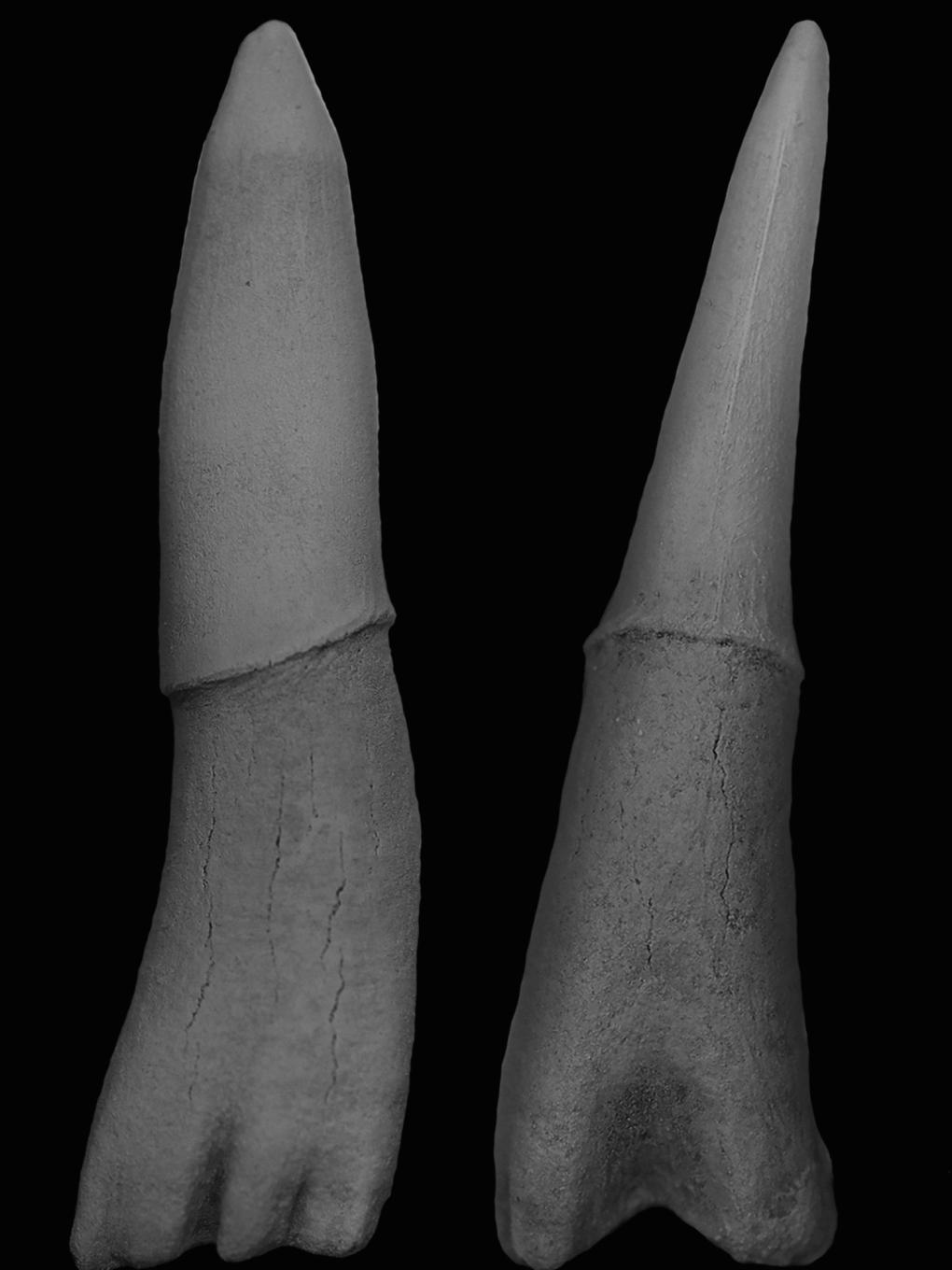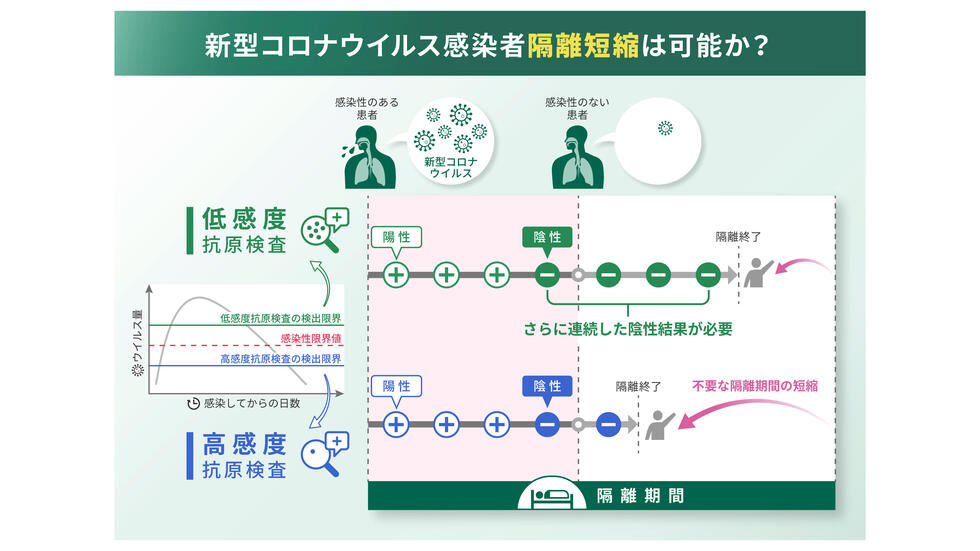2022-08-23 ノースカロライナ州立大学(NCState)
研究者達は、公表されている文献から頭蓋顔面形態に関するデータを集めました。その結果、13人のネアンデルタール人、233人の先史時代のホモ・サピエンス、83人の現代人を含むデータセットができあがった。
研究チームは、再現性のある標準的な頭蓋顔面計測に着目し、その計測値を用いて主要な顔面構造の大きさと形状を評価した。これにより、研究者たちは、ある特定の人類集団がネアンデルタール人と交雑していた可能性があるかどうか、また、その交雑の程度を判定するための詳細な分析を行うことができた。
<関連情報>
- https://news.ncsu.edu/2022/08/human-interbreeding-with-neandertals/
- https://www.mdpi.com/2079-7737/11/8/1163
中顔面の形態とネアンデルタール人ー現代人の交配 Midfacial Morphology and Neandertal–Modern Human Interbreeding
Steven E. Churchill,Kamryn Keys and Ann H. Ross
Biology Published: 3 August 2022
DOI:https://doi.org/10.3390/biology11081163

Simple Summary
Studies of human fossils, and the DNA extracted from them, reveal a complex history of interbreeding between various human lineages over the last one hundred thousand years. Of particular interest is the nature of the population interactions between the Neandertals of Ice Age Europe and western Asia and the modern humans that eventually replaced them. Here, we used six measurements of the facial skeleton, in samples of Neandertal and early modern human fossils, in an exploratory study aimed at trying to identify geographic regions (from the Near East to western Europe) where interbreeding may have been prevalent enough to have left a signal in the facial morphology of the early modern humans of those regions. Although fossil sample sizes were in some cases very small, the results are consistent with the Near East having played an important role in the introduction of Neandertal genes into the genomes of living humans.
Abstract
Ancient DNA from, Neandertal and modern human fossils, and comparative morphological analyses of them, reveal a complex history of interbreeding between these lineages and the introgression of Neandertal genes into modern human genomes. Despite substantial increases in our knowledge of these events, the timing and geographic location of hybridization events remain unclear. Six measures of facial size and shape, from regional samples of Neandertals and early modern humans, were used in a multivariate exploratory analysis to try to identify regions in which early modern human facial morphology was more similar to that of Neandertals, which might thus represent regions of greater introgression of Neandertal genes. The results of canonical variates analysis and hierarchical cluster analysis suggest important affinities in facial morphology between both Middle and Upper Paleolithic early modern humans of the Near East with Neandertals, highlighting the importance of this region for interbreeding between the two lineages.


